The Role of Coconut Milk in Garifuna Cooking
39 min read Explore how coconut milk shapes Garifuna flavors—from hudut to sere—its coastal origins, preparation techniques, and cultural significance in nourishing, aromatic seafood and plantain-based dishes. October 16, 2025 00:08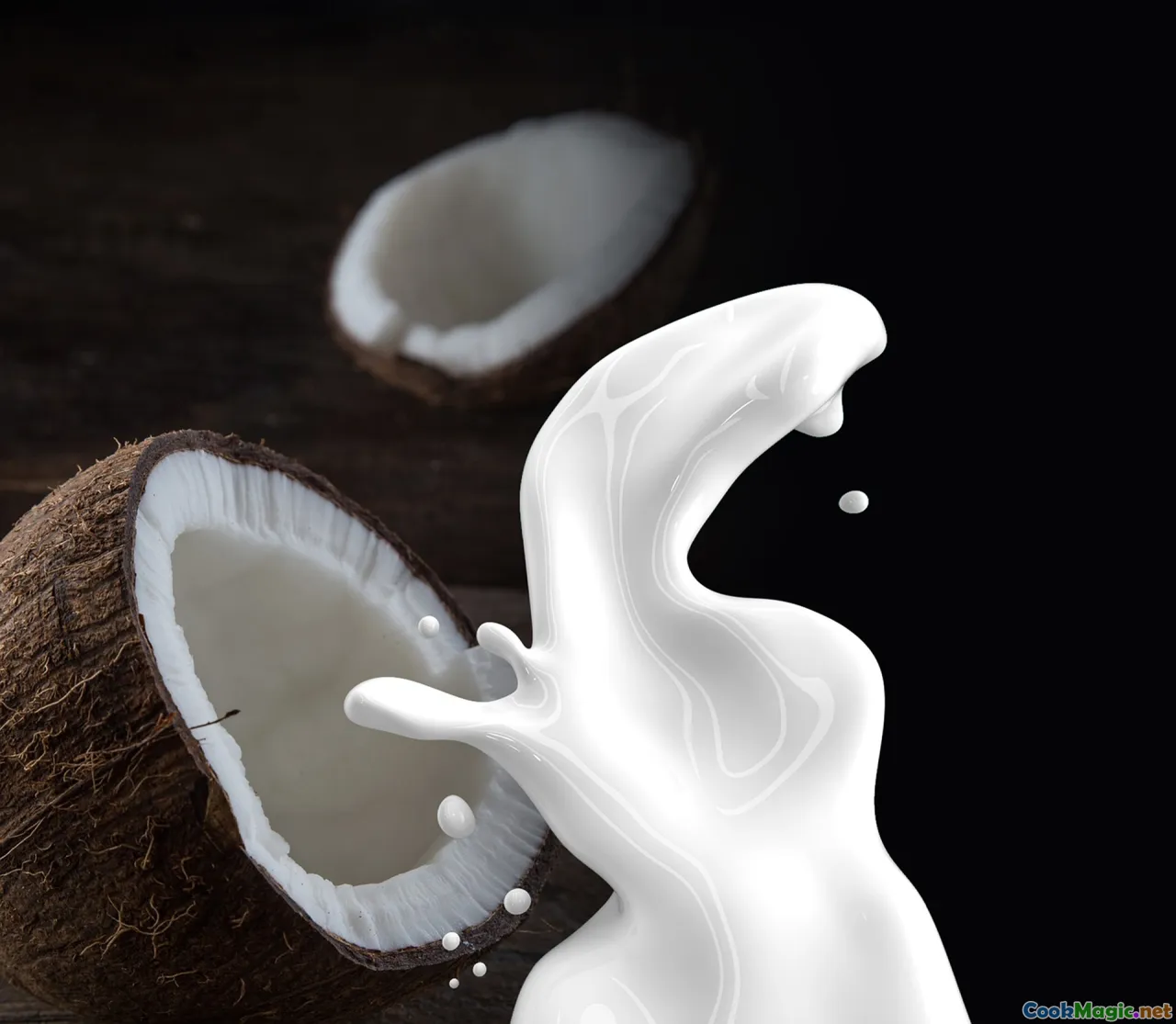
The first time you smell fresh coconut milk hitting a hot pot in a Garifuna kitchen, it rewrites your sense memory forever. The room fills with a lush, creamy perfume that is both sweet and sea-salted, as if the waves themselves had been milked. On the stove, the surface shimmers like satin. A spoon drags through and leaves a tender wake that slowly closes, and in the next breath the aroma expands — onions going translucent, culantro bruised with the side of a knife, a habanero bobbing whole like an orange buoy. Outside, a drumline starts practicing for a Sunday gathering, the steady heartbeat that says: it is almost time to eat.
The Coconut Coast and the Garifuna Map

The Garifuna story stretches from volcanic St. Vincent to the Caribbean coasts of Central America. After exile in 1797, Garinagu — the plural of Garifuna — were set ashore on Roatán and spread along the littoral in rhythm with the tides. Today, you find their villages tucked into the green: Sambo Creek and Corozal near La Ceiba in Honduras; Trujillo farther east; Dangriga, Hopkins, and Seine Bight along Belize’s south; Livingston — La Buga — where Guatemala’s Río Dulce exhales into the sea; and smaller communities in Nicaragua’s Pearl Lagoon basin, like Orinoco.
In all these places, coconut trees fringe the horizon like a living fence. Coconuts offered shade, oil, fiber, and — most essential to the pot — milk. The Garifuna pantry stabilized around what the coast gave generously: cassava for bread, plantains and green bananas for bulk, fish and shellfish for protein, and coconut milk for the medium that held it all together. When you meet an elder who remembers wartime rationing or hurricane recovery, their voice softens at the memory of cracking coconuts after a storm, finding the food already stored by the tree, sealed and tender.
What Coconut Milk Means in a Garifuna Kitchen
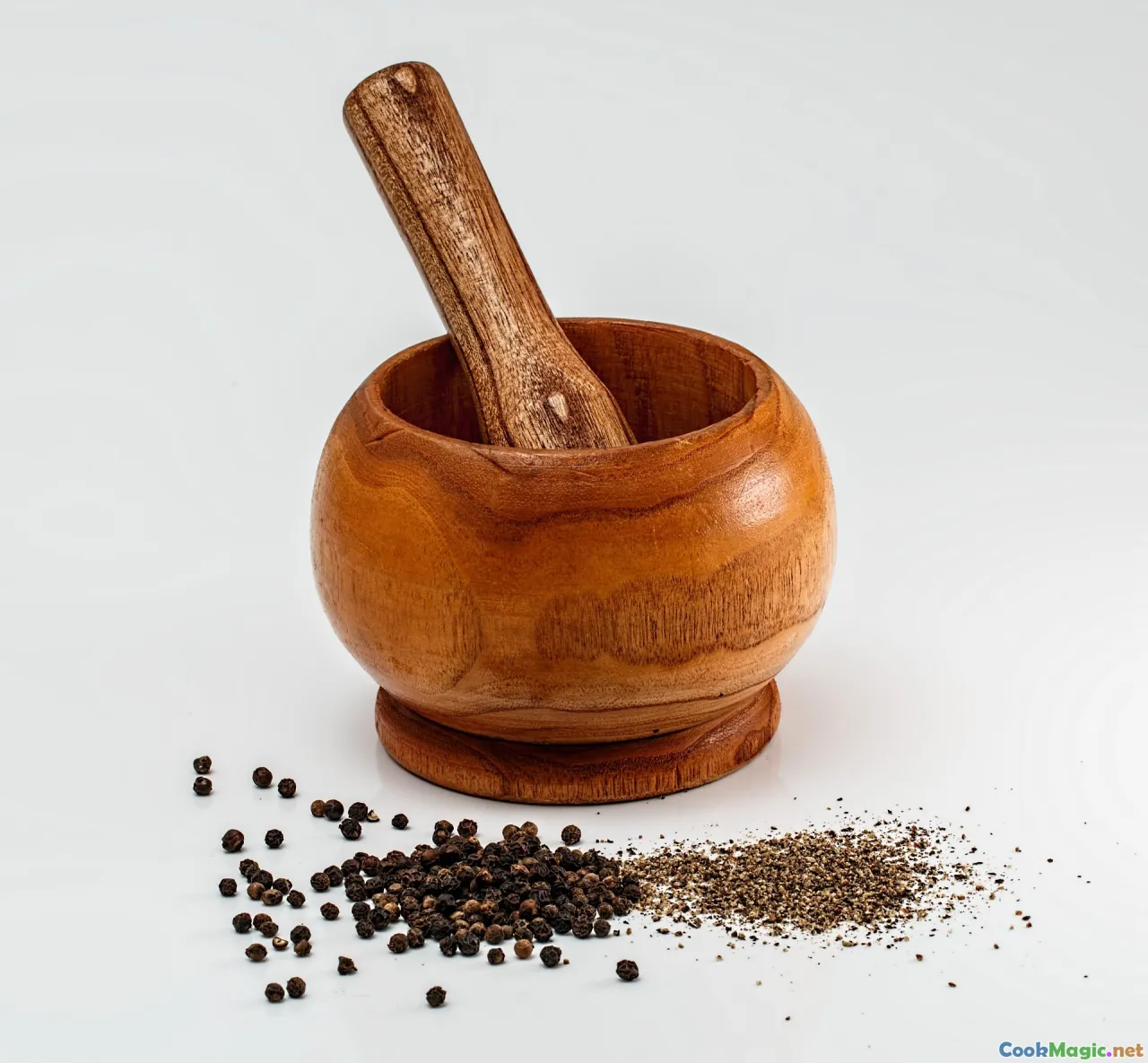
Coconut milk is not merely an ingredient; it is a way of shaping flavor and texture that matches the coastline. It softens hard root vegetables into velvet, cradles fish in a sauce that tastes like a calmer sea, and leaves a gloss that catches the sun when you tilt your spoon. It also binds people together.
In Dangriga one Settlement Day — Belize’s November celebration of Garifuna arrival — I stood in a courtyard echoing with drumming while three generations worked around a wide pot. A niece grated coconut on a low wooden stool fitted with a circular serrated plate. An uncle cracked more brown shells by tapping along the equator with the back of a machete until the line split with a wet, resonant click. A grandmother, whose wrists knew in their bones how much pressure translates to how much milk, wrung a cheesecloth until the first press ran rich and thick as cream. We snuck tastes the way children snatch fudge.
The pot held sere — fish stew — and the woman leading the cooking kept saying, not too fast, not too hard. Coconut milk requires patience. Boil it too roughly and it can break; treat it tenderly and it shines. The result is the kind of food you remember like a song: righteous with pepper and herbs, sweet-edged and savory, with a satin sheen on your lips.
How Garifuna Cooks Make Coconut Milk
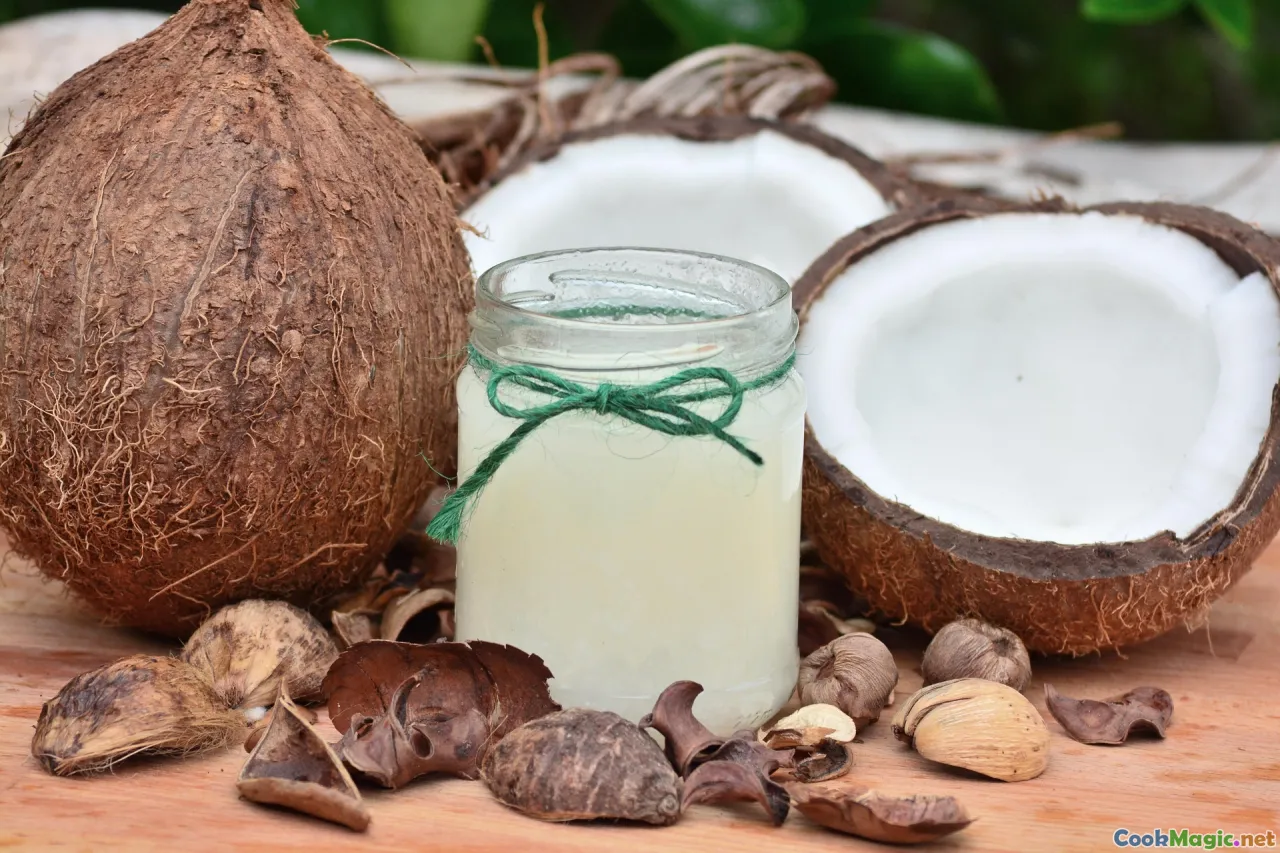
Making coconut milk in a Garifuna home is part technique, part ritual, and wholly practical. The tool kit is modest: a coconut grater stool, a wide basin, clean hands, and sometimes a cloth for straining.
- Choose coconuts that are heavy for their size with no mold around the eyes. Shake them; a lively slosh means good water and hydrated meat.
- Tap around the equator with the back of a sturdy knife or machete until the shell yields. Catch the water in a cup; you can sip it or use it for the first press.
- Slip a butter knife between meat and shell to loosen large flakes, or grate directly on the stool’s serrated plate, white curls falling like snow.
- For thick milk — the prized first press — knead the grated coconut with as little liquid as possible: reserve coconut water, or warm water if needed. Scoop and clench with both hands; the liquid should flow opaque and viscous.
- Strain through a sieve or cloth if you prefer a silkier texture. Many cooks simply skim out larger bits by hand.
- For thin milk — the second press — soak the already-pressed coconut with more warm water, knead again, and extract. This batch is lighter and ideal for simmering ingredients for longer without over-enriching the pot too soon.
Scale is intuitive. For a family pot of stew, three mature coconuts usually suffice; for a big gathering, the stoop becomes a station and the grater a metronome. The first press gives you the voice of the coconut; the second press gives you its length of note.
Thick, Thin, and In Between: Choosing the Right Press
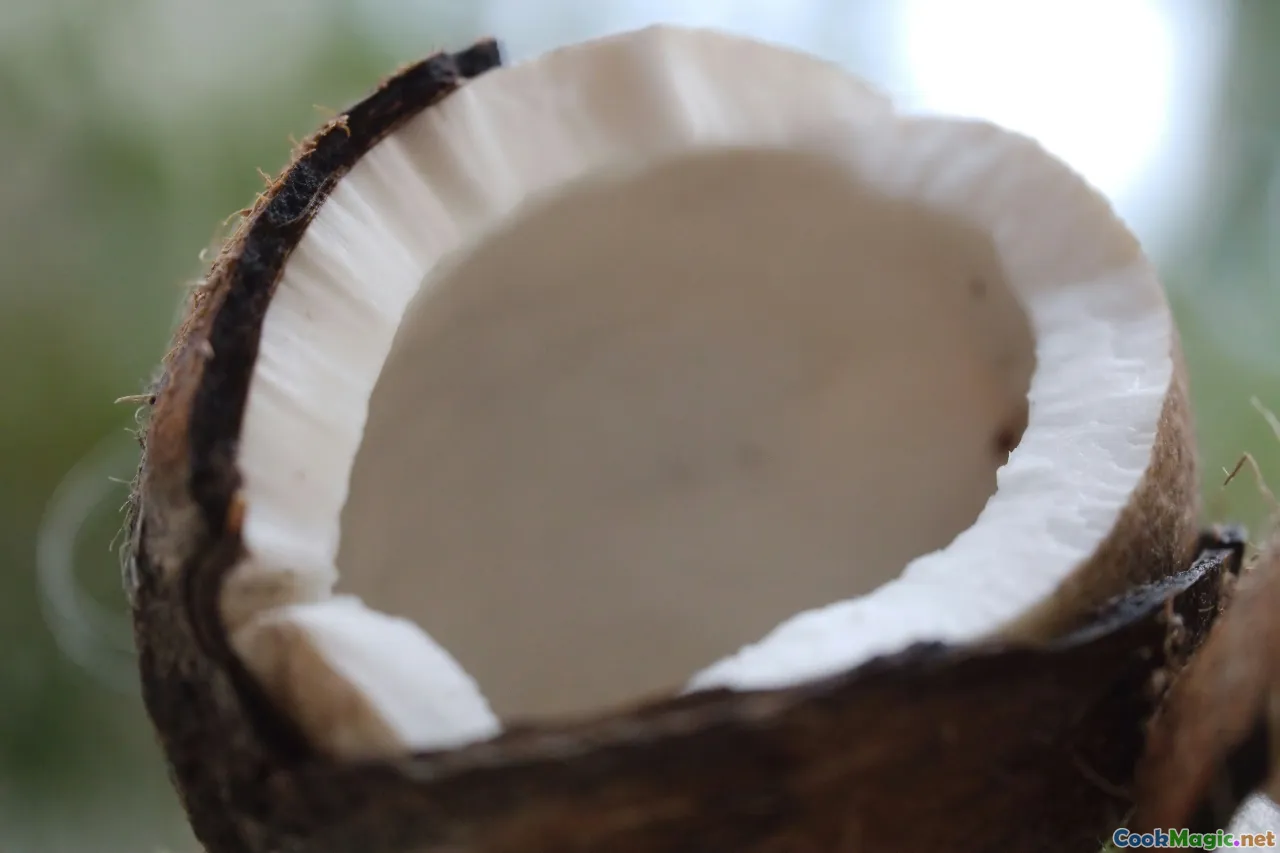
Western recipes often divide coconut into cream and milk, or worse, light milk from a can. In a Garifuna pot the nuance is tactile and timed. First press, second press, occasionally a third if the fresh nuts are particularly meaty.
- First press: Deep white, glossy, spoon-coating. Think finishing sauce, quick-cooking fish, final addition to soup. It curdles if treated roughly but rewards gentle heat with a dreamy sheen.
- Second press: Still milky but more translucent. Perfect for the initial simmer that softens plantains, yuca, or green bananas. It can roll at a higher simmer without breaking.
- Combination: Start with second press to cook the bulk; finish with first press to paint the dish with richness.
In practical terms, this means cooking plantains and yuca in thin milk until just yielding, then sliding in the fish and pouring in thick milk moments before you turn off the flame. The difference on your tongue is obvious: clarity in the body of the dish, opulence on the surface.
Hudut with Sere: A Cook-Along

Hudut is the pounded plantain half of the duet; sere is the coconut fish stew that answers it. In Honduras many also say machuca for the same buttery mash. It is an ideal dish for learning coconut milk’s role because every decision — when to add, how long to simmer, how to season — shows up in the bowl.
Hudut, the mash:
- Choose a mix of very green and very ripe plantains. The green ones bring starch and structure; the ripe ones bring sweetness and perfume. A common ratio is two green to one ripe per person, but let your palate lead.
- Cut into chunks, slide into salted water, and simmer until tender. If the water tastes pleasantly seasoned, the mash will too.
- Transfer to a mortar, traditionally a long wooden one that allows rhythmic pounding. In small kitchens, a sturdy bowl and potato masher work. Add a splash of coconut milk or a knob of coconut oil if the mash feels dry. Pound until cohesive but still textured. You are aiming for a dough that yields but doesn’t slump.
Sere, the stew:
- Use fresh fish with firm flesh — snapper, snook, kingfish, or jack are common along the coast. Clean, rinse, and pat dry. Season with salt, black pepper, and a squeeze of lime or bitter orange. Let it sit for a few minutes.
- Sweat onion and sweet pepper in a little coconut oil until translucent, stirring in minced garlic and chopped culantro near the end so it doesn’t blacken. A few sprigs of thyme can join.
- Pour in second-press coconut milk to cover and slip in chunks of green plantain or yuca if you want more body. Add a whole habanero or two — uncut — so it perfumes without blowing out the heat. Bring to a lazy simmer; stir occasionally as the plantain starches slip into the milk and thicken it slightly.
- When your vegetables are nearly tender, lay in the fish, skin side down if fillets, or as steaks. Keep the heat gentle so the milk shivers but doesn’t roil. Cover.
- After the fish just turns opaque and flakes, swirl in first-press coconut milk. Taste for salt. Remove the whole peppers. If you like, rub a little achiote in oil and trickle that sunset color across the surface.
Serve the sere with a warm mound of hudut. Eat with your hands if you can, pinching off pieces of the mash and dipping them into the sauce, catching flaked fish along the way. The texture contrast — satiny sauce, delicate fish, and elastic plantain — is a study in balance. The trick is restraint: if the pot boils hard after you add the first press, the fat can break and separate. It will still taste good, but you will have lost the silk that makes the dish Garifuna.
Bundiga: Green Banana, Smoke, and Coconut
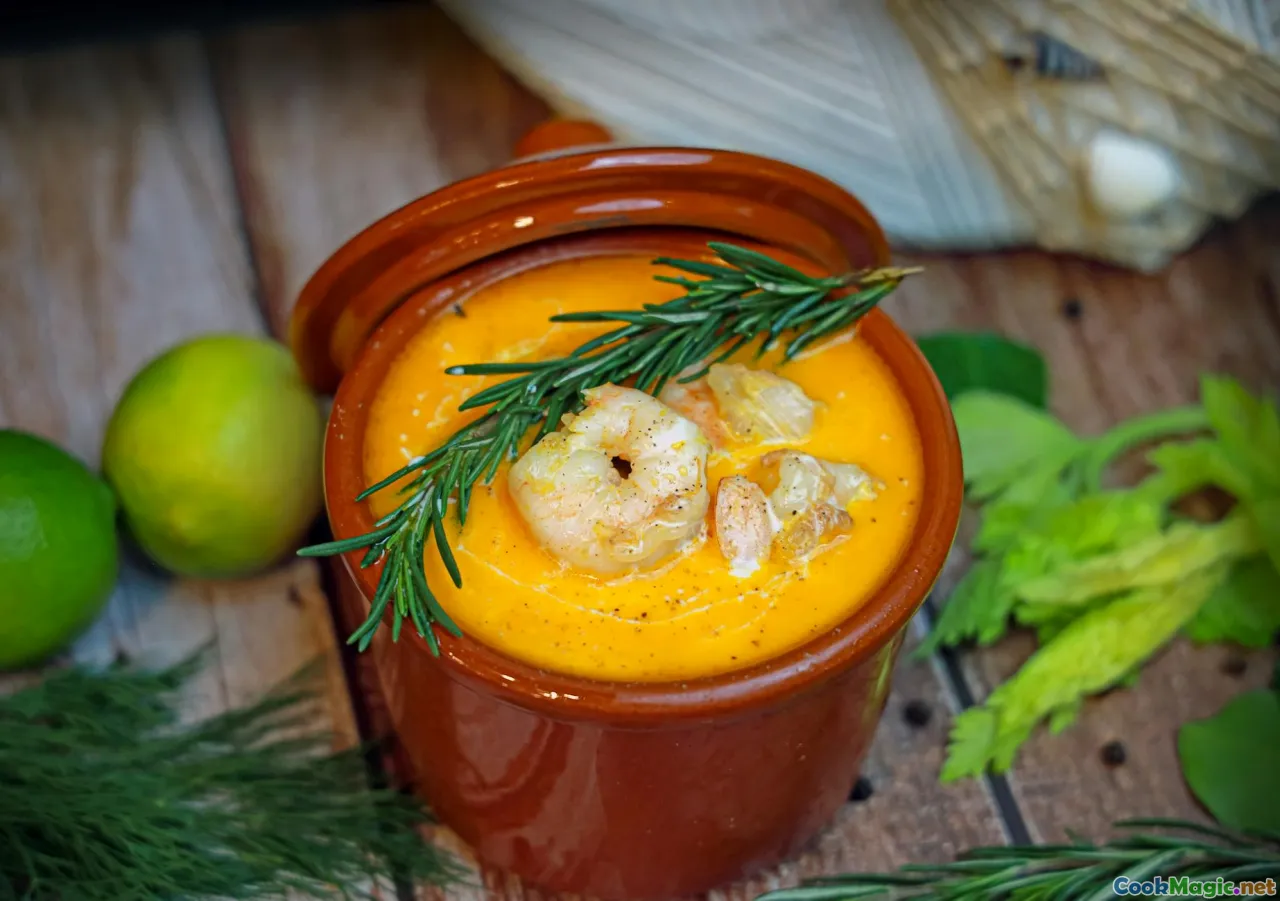
Bundiga is a soup close to my heart, a bowl that tastes like a memory of the shore. It starts with green bananas grated fine, their sap sticky and faintly astringent, and ends in a coconut broth thickened by the fruit’s own starch. Many families add smoked fish — the soft assertiveness of smoke tracing through the sweetness of the milk.
To make it, grate a pile of peeled green bananas into a basin of water with a squeeze of lime to keep the oxidation in check. Work quickly; the surface will brown if you dawdle. Rinse once, then knead the shreds as you would grated cassava, squeezing out excess water. Drop the banana pulp into gently simmering second-press coconut milk in a wide pot, stirring so it does not clump. The soup should bloom to a pale, satiny thickness in minutes, like a light chowder. Now fold in flaked smoked fish — whatever was laid on the fire earlier in the week — along with chopped culantro and a whole pepper.
This is weekday food, comforting and restorative. The first spoon tastes of green fields and glowing coals, the second of ocean air. I have eaten it out of a calabash at a roadside stand near Sambo Creek while a rain squall moved across the bay, the vendor clapping a lid onto the pot between servings to keep the perfume in. Moments later the rain stopped and the steam rising from the calabash smelled like weather clearing.
Tapado Across the Coast
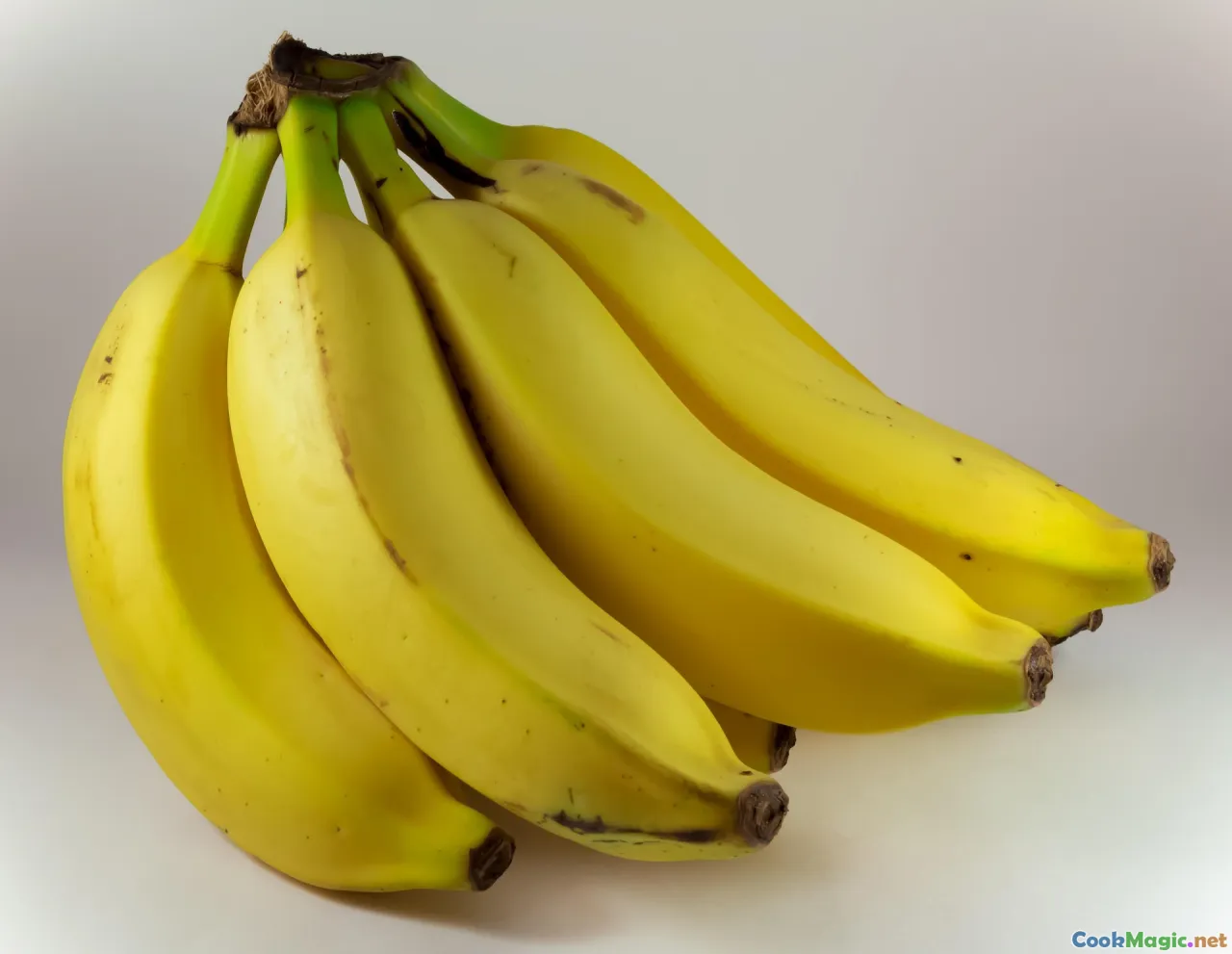
Tapado is the exuberant cousin in this family of coconut soups. In Guatemala’s Livingston, pots of tapado carry the briny chorus of shrimp, crab, and sometimes lobster, with hunks of fresh fish, ripe and green plantains, and yuca sharing the stage. The broth — coconut milk enriched and aromatic — often leans toward Caribbean herbs and sometimes a whisper of allspice.
In Honduras, tapado varies from household to household. Some cooks anchor it with green and ripe plantain like a duet within the stew, others let breadfruit or yuca dominate when in season. The broth here, too, is coconut-forward but each hand leaves a signature: more thyme in one pot, more culantro in another, a splash of rum at the end in a playful household. In Belize, tapado can cross over into what many simply call fish soup, the coconut base and mix of tubers steady while the protein changes with the day’s catch.
One technique thread runs through: the architecture of presses. Start the tubers and longer-cooking shellfish in second-press milk. Slide in the fish and quick-cooking shellfish late. Crown the pot with first-press milk minutes before serving, and for generosity, sometimes a spoon of coconut oil to gloss the surface. The dish arrives at the table looking like a small sunrise, gold and ivory, with plantain moons arcing through and the occasional crimson shell bright as a buoy.
Everyday Coconut: Rice, Beans, and Fry Fish
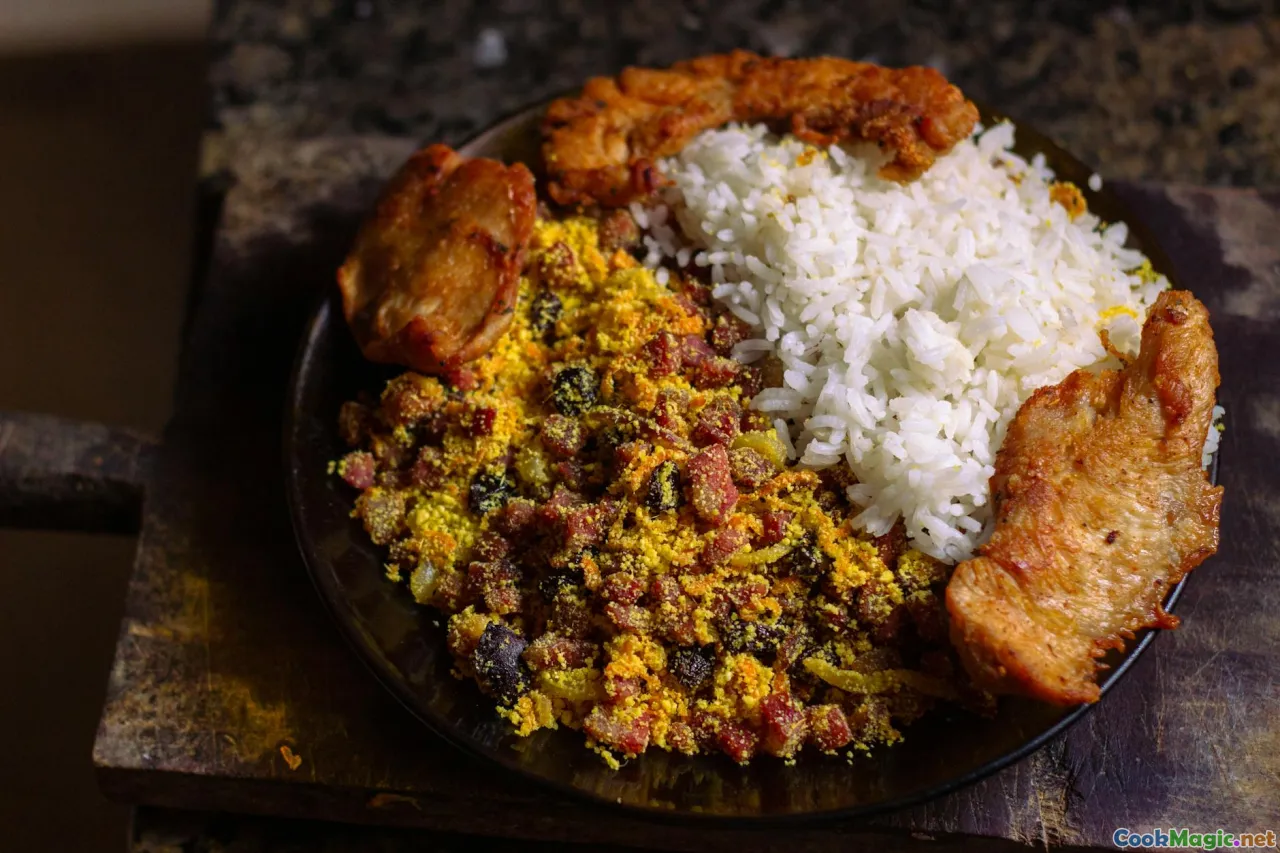
Not every day is a stew day, but coconut rarely leaves the house. Rice and beans in coconut milk is daily bread in many Garifuna homes. The scent alone is an invitation: a pot covered with a clean kitchen towel — to catch steam and bead it back down — the rice just long enough to hold its grain, beans tender but not blown.
A typical method:
- Rinse rice until the water runs clear. If you have time, soak for 15 minutes.
- Cook red kidney beans or small red beans with onion, garlic, and a few sprigs of thyme until tender. Keep the cooking liquid; it is a flavor trove.
- In a pot, combine the bean liquor with second-press coconut milk in proportions that will cook your rice. Salt to taste and add a scotch bonnet whole if you like its perfume.
- Add rice and simmer on low without stirring too much. When craters appear and the surface looks matte, lower the heat, cover snugly, and let it finish gently. If you want richer, splash in a little first-press milk near the end, letting it steam in rather than boil.
Fish for an everyday meal might be rubbed with salt, black pepper, and a short bath of lime or bitter orange, then dredged lightly in seasoned flour and fried in coconut oil until the skin goes crackly and deep gold. The first bite sprays savory juices, the flesh moist from the quick cook, and the coconut-scented rice is there to collect the edges.
Technique Notes: Working With Fat, Fire, and Acid

Coconut milk is an emulsion — fat and water persuaded to agree. It follows rules that feel like personality quirks if you listen:
- Heat and agitation can break the emulsion. Keep simmer gentle, especially after adding first-press milk.
- Acid tightens milk and can curdle it. Lime juice or vinegar belongs late, and in drops, not gulps.
- Salt draws out water from coconut solids. Season gradually as the pot cooks, then adjust at the end.
- Starch is your ally. Plantains, green bananas, and yuca release starch that can stabilize the broth.
- Oil separation at the rim is not a flaw. A little coconut oil ring is a sign of flavor; just avoid a full break into watery liquid and floating fat.
Garifuna cooks often read the pot with the same focus drummers use to read a circle: when the bubbles turn from hard to soft, when the aroma shifts from raw edge to rounded sweetness, when the surface shows a velvet shiver instead of a roll. All these are cues to add fish, to lower heat, to finish with the good milk.
Beyond the Garifuna Kitchen: Cousins and Contrasts

Coconut cookery ripples throughout the Caribbean basin. Stand at the edge of a Garifuna pot and you can look sideways to cousins.
- Jamaican rundown reduces coconut milk until it splits and the flavored oil fries fish or vegetables directly in it, intensely savory and sticky. Garifuna sere, by contrast, avoids full reduction; it seeks silk and balance.
- Rondon — on Nicaragua’s and Costa Rica’s Caribbean coast — resembles a bountiful tapado with breadfruit, yuca, and plantains, cooked in coconut milk with fish or shellfish. The pot leans into thyme and scotch bonnet too, but the texture often runs heavier with roots. In a Garifuna kitchen, green banana starch in bundiga yields a lighter spoonfeel.
- Belizean rice and beans cooked in coconut milk is beloved beyond Garifuna homes, traveling into Creole and Mestizo kitchens. But the herbs, the degree of coconut richness, and the sides that come with it signal whose hand stirred the pot.
These parallels matter because they reveal a shared grammar — coconut milk plus tubers plus sea — expressed in distinct dialects. And they remind us that the coastline is a conversation, not a border.
A Little Science in the Pot

Coconut milk contains fat droplets, water, and emulsifiers from the coconut’s own proteins and carbohydrates. When you grate finely, you expose more cellular structure and release more emulsifiers; when you press gently, you capture a higher ratio of cream to water. Time, temperature, and pH decide whether those droplets stay suspended or merge and rise.
- Temperature: Gentle heat relaxes proteins and keeps droplets mobile without slamming them together. Boiling increases collisions and coalescence.
- pH: Lower pH — more acidic — destabilizes emulsions. Add acids after cooking and off the heat.
- Salt: Electrolytes shift the balance. Add salt steadily and taste often.
- Starch: Plantain and banana starch gelatinize around 70–75°C. Once swollen, starch granules help hold fat droplets in suspension, giving body without heavy reduction.
If a pot breaks slightly, all is not lost. Off the heat, whisk in a spoon of cassava starch slurry or mash a piece of plantain into the broth. The starch can bring the emulsion back together. But the wiser move is prevention: finish with first-press milk and do not boil after.
Where to Taste It

If you want to taste coconut milk’s role in Garifuna cooking shaped by salt air and drumbeats, go where the breeze and the pots meet.
- In Dangriga, follow the smell of coconut rice through side streets to family kitchens that open for lunch. During Settlement Day, you may find hudut simmering in multiple yards, drum circles starting up, and a communal buzz that turns the whole town into a dining room.
- In Hopkins, a seaside walk puts you within scent of sere at noon. Some cultural centers offer cooking demos or pair drum lessons with a hudut workshop; it is worth asking around — hands learn faster than eyes.
- In Livingston, boats bob at anchor while comedores line the waterfront. Tapado there tastes of river and sea combined, often presented in a bowl so full the plantains peer over the rim. Order early; fish sells out.
- In Sambo Creek or Corozal in Honduras, look for weekend smoke. The stand with smoked fish dangling like flags probably has bundiga on the burner too, coconut softening the assertive smoke into something round and confident.
Wherever you go, ask the cook about the coconuts. You will hear stories about the best trees — the ones that yield sweeter water, the ones that shrug off storms — and you will learn how much of a place can be held inside a shell.
Fresh or Canned? A Practical Guide
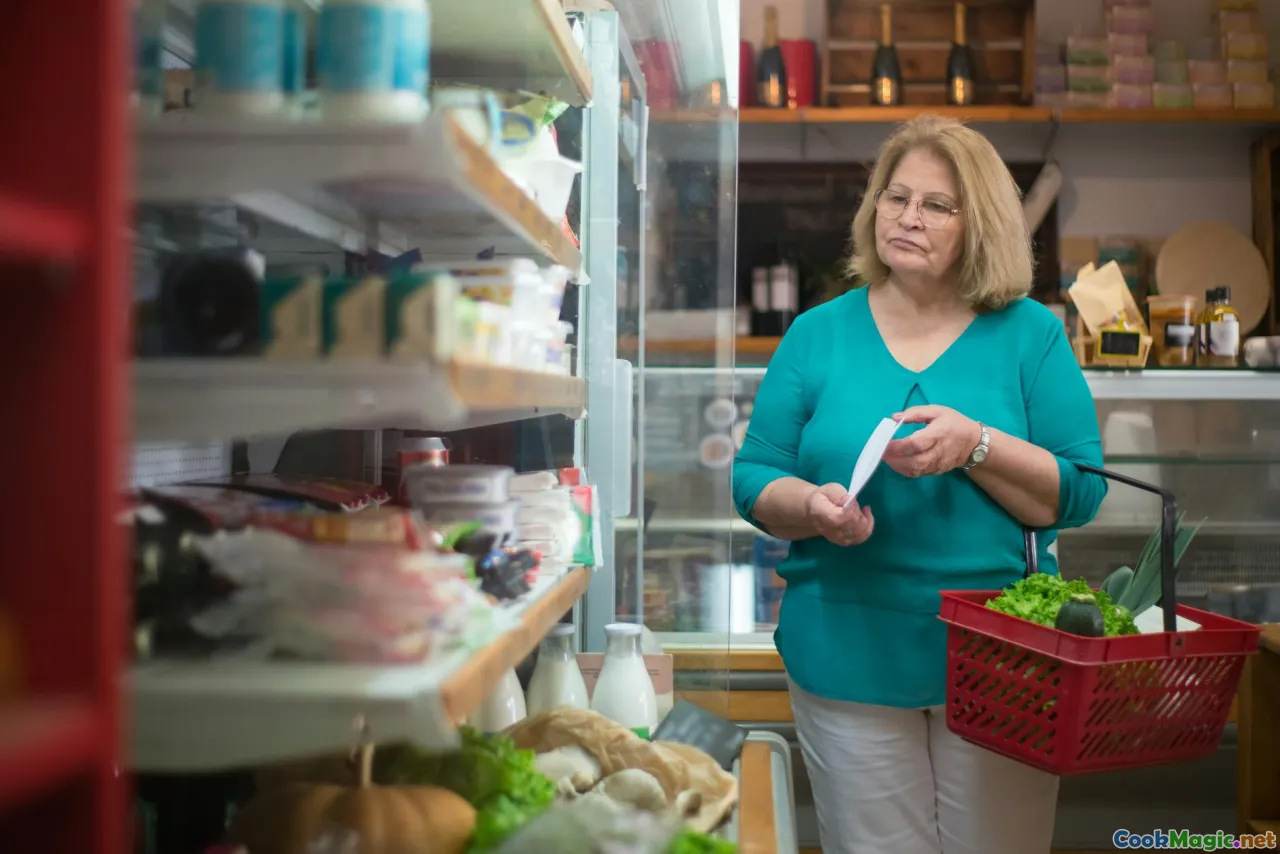
Nothing replaces fresh coconut milk for aroma and texture, but good cooks make good food with what they have. If canned is your reality, here is how to choose and use it with Garifuna intentions.
- Choose full-fat cans with short ingredient lists. Coconut and water is ideal; a little guar gum is acceptable. Avoid sweetened cans meant for drinks.
- Shake the can. If it sloshes, the emulsion is intact; if it thuds, the cream has separated, which is fine but plan to stir thoroughly.
- For a first-press effect, chill the can, scoop the thick cream at the top, and reserve the thinner liquid for the earlier simmer. This mimics the press logic.
- Brighten canned flavor by simmering a handful of fresh grated coconut in the milk for 5 minutes, then straining. A tiny pinch of sugar can help replicate the sweetness of fresh first press.
- Coconut milk powder, reconstituted thick for finishing and thin for simmering, is a decent travel trick.
Working with cans asks for gentle heat even more. Stabilizers can give you a false sense of security; they can hide a break but cannot create the perfume of fresh. Do not be shy about finishing a canned batch with a small spoon of coconut oil to add fragrance.
Morning on the Shore: A Story
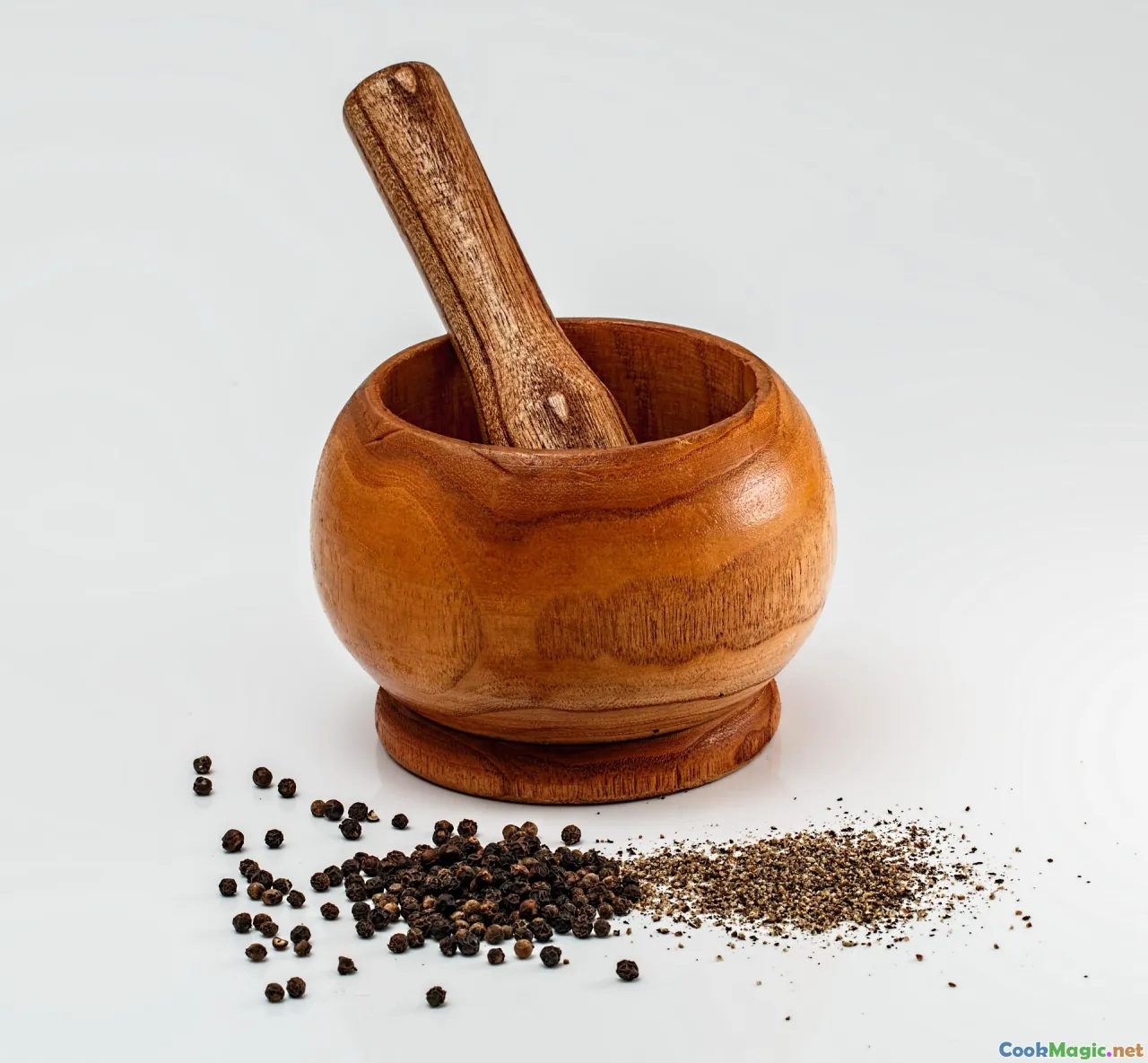
In Hopkins, the morning began slow and pink, the sea hardly breathing. The neighbor’s radio murmured a paranda song; gulls stitched the horizon. I had come early to learn bundiga, and the kitchen’s windows were already beaded with humidity. On the counter: a heap of green bananas oozing the clear sap that stains your fingertips coffee-brown if you are not careful, a bowl with a single smoked fish whose skin looked like an old map, and three coconuts lined up like sentries.
The cook — a woman whose laughter arrived before she did — cracked the first coconut in three taps and caught the water in a mug, handed it to me. It tasted slightly briny, utterly clean. She sat on the grater stool, one knee cocked, and the coconut meat turned to delicate curls with a rasping rhythm. When she wrung the first press, it ribboned into the bowl like a promise.
We grated bananas fast, the little flecks soft as wet sawdust, and kneaded them to chase out their astringency. The second press went into the pot with onion and culantro. The room filled with a scent like sweet grass and morning cream. She slid the banana pulp in a little at a time, stirring with a battered wooden spoon. The soup tightened, turned to silk, and the smoked fish went in flaked, with a whole pepper riding the surface like a tiny sun.
She told me about the last storm, how the sea had come up to the doorstep, how they lashed the canoe to a tree and slept in shifts, and how, afterward, the first thing they cooked was sere because everyone needed the feel of warm, rich broth to settle their nerves. Food here is medicine, she said, handing me a bowl. The first spoon tasted like someone laying a hand on your shoulder and saying you are safe.
Tips and Troubleshooting
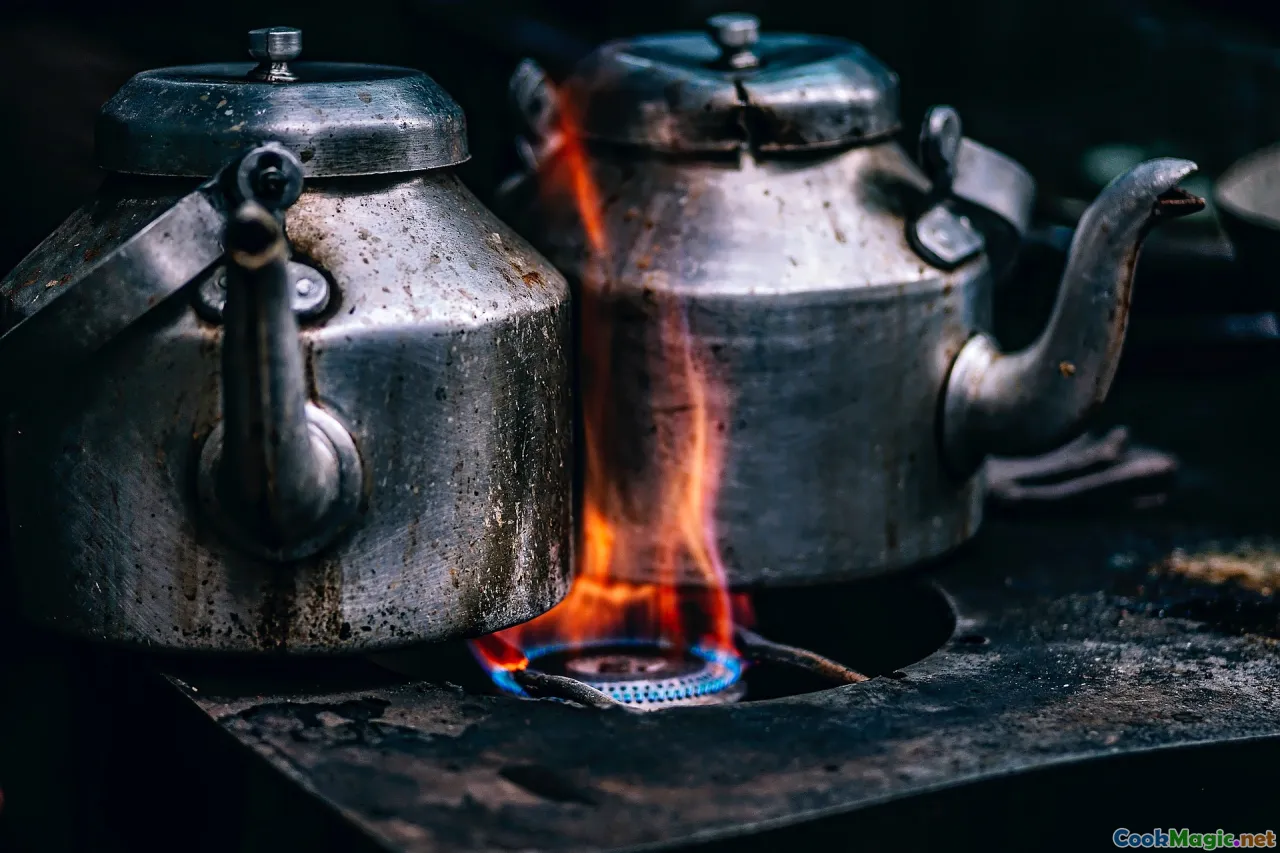
- Keep a whole hot pepper floating; puncture only if you know your diners. The pepper perfumes more than it burns when left intact.
- If your first press tastes dull, you may have over-watered. Grate finer, press harder, and use warmer water for the second batch.
- Do not crowd the pot with fish. Give each piece space so the stew does not drop in temperature and the emulsion stays steady.
- If your coconut milk breaks, turn off the heat and let it settle. Stir in a little starch slurry, then warm gently without boiling.
- Use culantro over cilantro whenever possible. If you cannot find it, combine cilantro with a small number of chopped celery leaves and a scrap of serrano to approximate the depth.
- When pounding hudut, oil your pestle or masher lightly with coconut oil to keep stickiness at bay.
- For tapado, slice ripe plantain on the bias so pieces do not collapse. Green plantain can be chunked; ripe plantain prefers wide coins.
- Never throw away coconut water without tasting. If it is sweet and clean, it belongs in the first press.
Ingredient Notes and Substitutions

- Culantro: Long, sawtooth leaves with a concentrated, slightly bitter herbaceousness. It stands up to coconut milk and fish. Sub with a mix of cilantro and a leaf or two of epazote if you must, but use a lighter hand.
- Habanero or scotch bonnet: The citrusy aroma is essential. Use whole for perfume, sliced for heat. Aji dulce can bring similar fragrance without the burn.
- Fish: Firm, locally caught fish is ideal. Frozen works if that is what you have. Smoked fish should be clean and not acrid. If smoke flavor is missing, a pinch of smoked paprika can whisper at it without taking over.
- Achiote: In oil or ground, it adds color more than flavor. Bloom in a spoon of oil and drizzle at the end for a sunset hue.
- Plantains and green bananas: Green for starch, ripe for sweetness and perfume. In a pinch, yuca or breadfruit can fill the starchy role, though they change the bite.
- Coconut: Mature brown coconuts yield the richest milk. Young green coconuts offer sweet water but the meat is jelly-soft and not for grating.
Sourcing matters. In villages along the coast, coconuts are habitual — you know which trees drop the fattest nuts in late summer and which ones hide crabs at their roots. In cities, your market becomes the grove. Choose heavy nuts and sellers who let you tap and listen.
Cooking for a Crowd, Cooking for a Ceremony
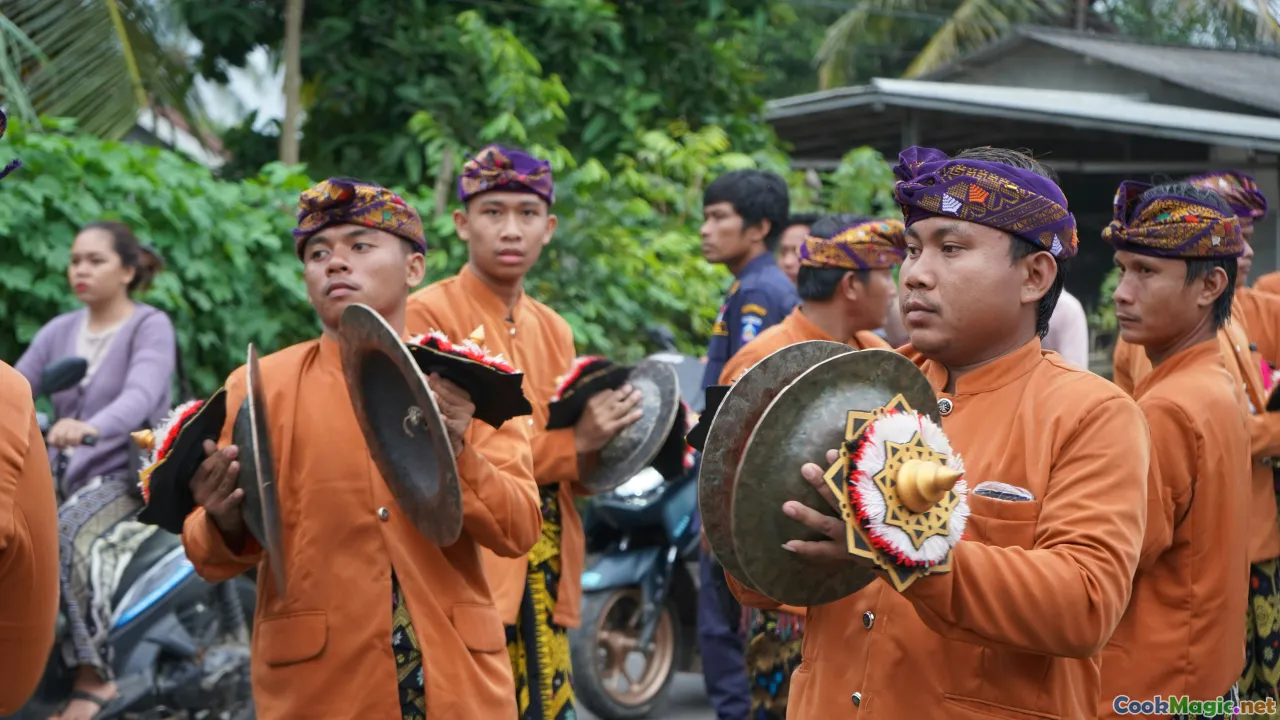
Coconut milk deepens its meaning when the pot gets big. On feast days, in wakes and nine-nights, and during ceremonies held in the dabuyaba — the Garifuna temple — food arrives in quantities that speak of care. Outsiders may never see the most sacred gatherings, and should not intrude, but the public feasts around holidays present a table that tells a story: trays of cassava bread fanned like scales, vats of sere, bowls of hudut stacked in a pyramid, spoons tapping rims as if keeping time with the drummers.
Cooking at this scale is its own craft. The second press becomes a bucket, the first press a guarded treasure added by the oldest hands. Fires are banked to keep heat even. Fish goes in by weight and feel, not recipe. Younger cooks learn to read the surface of a pot from half a room away. I have watched a woman adjust a flame after a single bubble rose too aggressively, her fingers barely making a gesture. That is coconut milk’s role too — a teacher of attentiveness.
And then there is the eating: a whole community wrapped in the same perfume, lips glossed with the same sheen, sharing the same bowl. When food tastes like belonging, coconut milk is often the chorus line.
The sea of Central America gives and takes. It gave coconuts to Garifuna kitchens, and the cooks turned that gift into a language of richness, patience, and balance. In sere and hudut, in bundiga and tapado, in rice and beans that steam like an afternoon cloudburst, coconut milk shows what it means to hold fast to a place and to each other. If you cook it gently, it will tell you a story. If you serve it generously, it will tell that story to everyone at your table.









